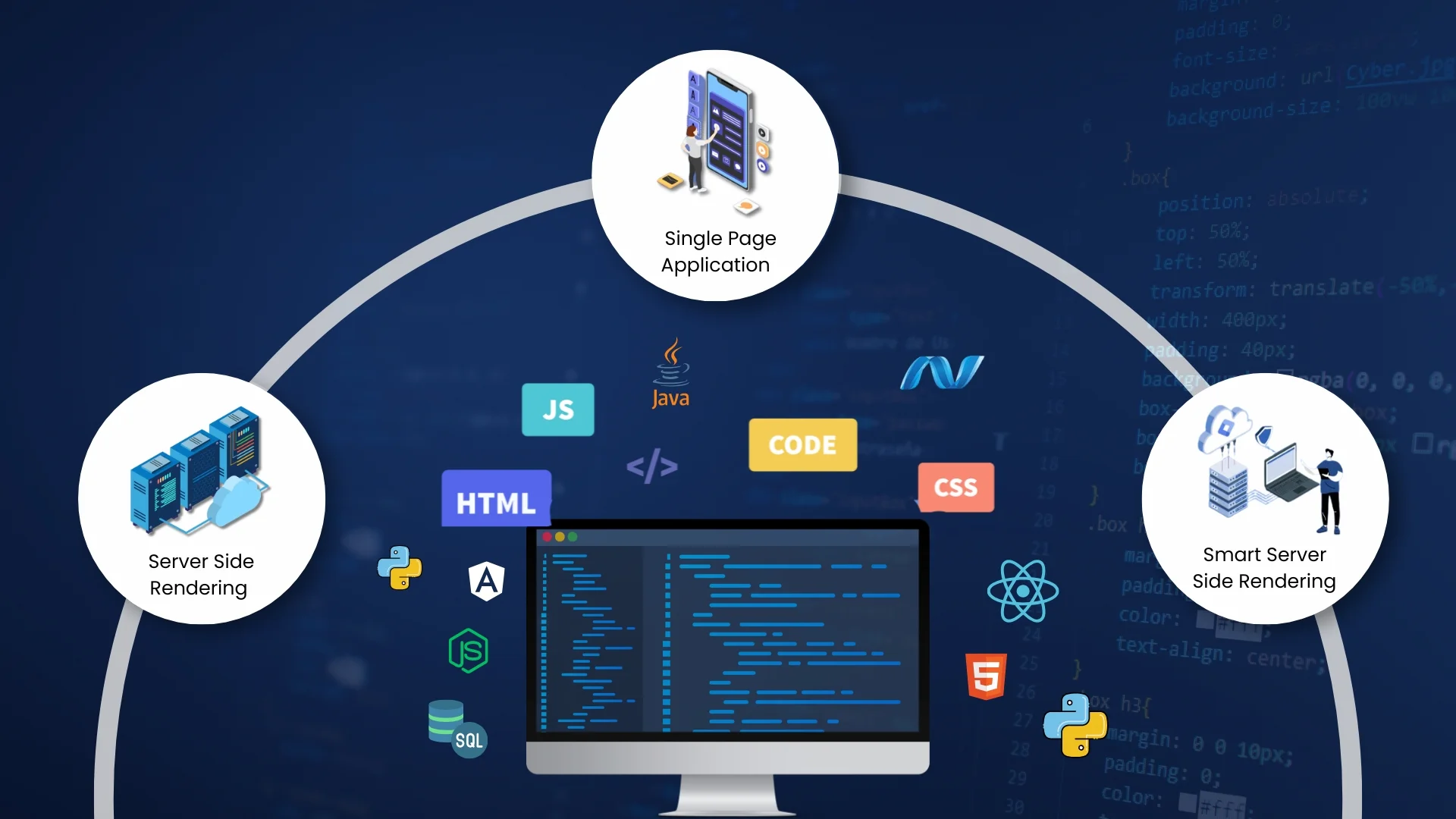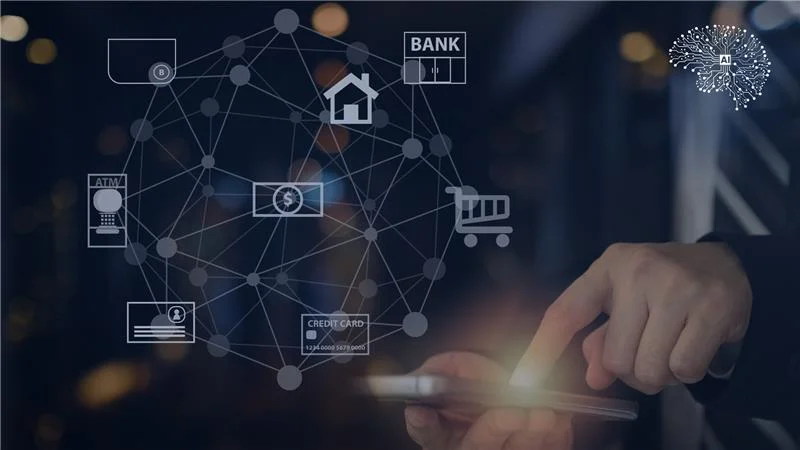Introduction
We live in the digital era where technology has a stronger hold on the world than ever before. The emergence and growth of technology positively impact human life and has fundamentally changed and redefined our approach to almost everything we do—from buying groceries, shopping, discovering places, paying our bills, carrying out business, watching a movie, interacting with people to navigating traffic. Whatever you desire, is just a click away! It has all been made possible because of the internet and electronic media. However, the convenience of digital technology is also accompanied by risks from cyber-attacks. The digital age has a significant impact on cybersecurity more than most people realize. Cybersecurity is not merely a concern of the IT department; complying with regulations and maintaining security is essential for every employee of today’s enterprise. Cybercrime has increased exponentially in recent years, along with the evolution of technology. The risks are no longer limited to just data theft; hackers can now execute highly motivated attacks anywhere, threatening any size organization to cause disruptions.
Before moving further, let’s look at what is cybersecurity and why is it important?
Table of Contents
What is cybersecurity?
Cybersecurity is an umbrella term that encompasses all methods, technologies and practices used to protect critical computing systems and sensitive information from digital attacks and keep data secure. The best cybersecurity approaches involve multiple layers of protection spread across computers, networks, programs, and data that one wishes to protect. Cybersecurity measures are specifically designed to safeguard and combat threats against networked systems and applications, regardless of whether those threats originate from inside or outside of an organization.
Why is cyber security important?
In today’s connected world, our increasing reliance on technology is one of the main reasons why cyber security measures are now so important. At an individual level, cybersecurity attacks can have detrimental consequences ranging from identity theft, extortion attempts, loss of valuables such as credit card and bank details to loss of personal information such as family photos. However, on the businesses and organizations level, there can be a loss of sensitive data as these organizations store vast amounts of data in data warehouses, on computers, and on other devices. Often the exposure of this sensitive information is detrimental and will negatively affect citizens’ faith in government institutions, business competitiveness, personal reputations, and consumer loyalty to companies. Putting in place advanced cyber defence programs and mechanisms is crucial and in everyone’s interests to combat common cyber threats such as malware, ransomware, phishing, social engineering, insider threats, SQL Injection Attack, distributed denial-of-service (DDoS) attacks, advanced persistent threats (APTs), man-in-the-middle attacks, Zero-day attack and more.
The prevalence of inherent risk and residual risk is rising due to global connectivity and the use of cloud services, such as Amazon Web Services, to store sensitive data and personal information. Increasingly, hackers are able to attack even the most well-designed cloud services, which increases the organization’s risk of successfully combat the cyber-attack or a data breach. The tactics of cybercriminals are becoming more sophisticated, and cybercriminals are adapting to conventional cyber defences by becoming more resilient to traditional cyber defences. Today, there is a need for creating risk-aware workplace culture and advanced cyber security solutions, as businesses cannot solely rely on simple cybersecurity tools like antivirus software and firewalls alone.
Let us look at how the digital revolution has contributed to a rise in cyber security threats.
New technologies & devices
Technological evolution has intensified the emergence of new technologies like cyber-physical systems (CPS) and the IoTs that are connected to newer devices. Modern systems often rely on devices that bridge the physical and digital worlds, such as sensors, smart machines, robots, connected cars, and more. Although these systems provide opportunities to increase productivity and improve decision-making, they have also broadened the scope of potential vulnerabilities as well. IoT has become a prime target for cybercriminals, forcing device manufacturers to scramble to secure their smart plugs, wearable fitness devices, and baby monitors against attacks. Furthermore, the majority of businesses have started incorporating AI and ML technologies which lead to the development of more algorithmic biases leading to security blind-spots. Additionally, the widespread adoption of 5G technology will enable hackers to launch more powerful attacks, causing more damage due to the availability of higher bandwidth.
High reliance on third-party services
As organizations accelerate their digital transformation efforts, they rely on third parties like cloud providers, robotics and automation, and IoT to power these initiatives. In the past few years, businesses outside of IT have embraced new technologies more readily, increasing shadow IT, making it harder to assess the organization’s risk profile. Even though third-party products and services can greatly enhance the performance of an enterprise, without a robust risk management program in place, the new risks can overwhelm the benefits. Furthermore, one of the biggest concerns for organizations adopting third-party cloud services is the risk of organizations exposing their data worldwide. Under such circumstances, the service providers are used as baits to gain access to the enterprise’s network and obtain sensitive data and other business secrets. The failure to manage these threats and risks can result in financial loss and even reputational damage for the company. In the digital age, it is imperative to address third-party risks with the same level of care and diligence as internal risk management practices.
Attacks on cloud services
In a bid to digitally transform, many businesses are adopting cloud-based computing services, which enable them to access computer applications, data storage, and other services over the internet rather than relying on physical infrastructure. Businesses today are constantly moving their servers and data to the cloud to transform the business process and become more data-efficient digitally.
While organizations can benefit greatly from migrating to the cloud, rapid cloud migration is expected to create a host of new security risks & challenges and are also vulnerable to cyber threats. Some of the common cloud-based security threats include misconfigured cloud storage, incomplete data deletion, reduced visibility and control, and vulnerable cloud apps. Unless these systems are configured and maintained properly, attackers have a greater chance of exploiting vulnerabilities in their security and gaining access to sensitive data.
Threats to DevOps security
DevOps has revolutionized the software development process. However, the technologies and methodologies of DevOps have introduced new security vulnerabilities. Along with basic security lapses in the rapid-cycling DevOps process, new, highly advanced attacks are infecting the code before it even makes it to the development stage. Therefore, malware can potentially infiltrate millions of devices before being detected, if it is detected at all. Furthermore, organizations can now maintain the continuous delivery and integration pipeline with integrated DevOps teams and processes as per their business expectations. However, this faster development and release processes make it easier for security vulnerabilities to go undetected after they are published. The prevention and mitigation of this type of attack in DevOps require sophisticated, continuous threat monitoring across the entire process.
IT-OT convergence
The convergence of information technology (IT) and operational technology (OT) poses a challenge to organizations’ digital security. While IT consists of hardware, software, computers, and other telecommunications devices that support business processes, OT is composed of vendor-specific, proprietary technologies that execute actual operations. Consequently, there is nothing that says IT and OT teams need to work together. But today, the times have changed. There is a need to develop a new ITOTSecOps methodology that addresses explicitly how IT and OT systems interact. Integrating IT and OT environments are primarily driven by the need for optimization. The use of computing and storage on the IT side in conjunction with the data collected on the OT side can be very beneficial to an organization in terms of outcomes such as reducing operational costs, increasing manufacturing output, and lowering downtime. IT-OT convergence poses a number of risks, so that organizations will need layered security and defense-in-depth strategies.
The cyber security skills gap
Globally, there is a digital skills shortage, and cyber security skills are particularly vulnerable since the job description constantly changes to reflect technological advances and user requirements, as well as local laws and regulations. As a result, it is imperative that the cyber security workforce keep retraining themselves and revising the way they approach mitigating risks before they occur. The terms’ cyber security’ and ‘threat models’ can often be subjective terms; what one organization deems as cyber security, another will weigh heavily on the other side of the spectrum. It isn’t easy to obtain formal qualifications for cyber security or trade governance, and unlike most industries in tech, there is little diversity.
Conclusion
Trends and innovations in technology have a direct impact on digital security, without a doubt. The advancement of technology has opened many doors for cybercriminal activities, including hacking, data theft and damage, and industrial espionage. As Technological trends keep emerging, organizations must adopt a proactive IT security posture to combat all potential cybersecurity threats and create a digital cybersecurity practice as per business needs that strive to secure their critical assets. With increased awareness and knowledge of technology, the risks for cyber fraud can be avoided to some extent. Cyberattacks can be easily prevented by updating software regularly, educating employees about email phishing campaigns, and implementing two-factor and email authentication. All it takes is for businesses is to realize that they are not entirely safe from hacking. Suppose you are worried that your business is at risk of a data breach. Sparity can help you create the best cyber security practices that are capable of defending your business against data breaches and strengthening your network security against increasingly complex cyberattacks.














